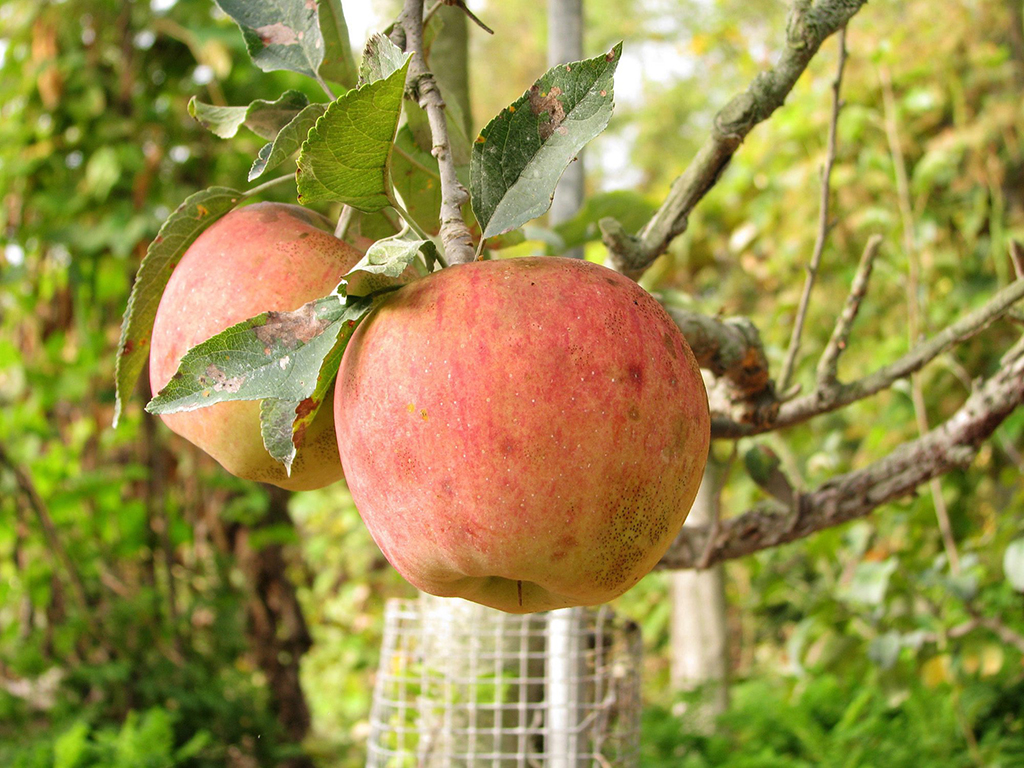The Red Delicious apple is being unseeded by the Gala as the dominant apple variety and people couldn’t be happier.

In a statement made on Aug. 23, the U.S. Apple Association said that after five decades leading the charge on the apple front, Red Delicious would step down as the No. 1 apple, making room for the Gala. The No. 3 spot will go to Granny Smith.
WATCH BELOW: Study shows best washing method to remove pesticides on apples

U.S. growers will adjust their yields to produce 52.4-million boxes of Gala apples (up 5.8 per cent from 2017), and lower their Red Delicious production by 11 per cent to 51.7-million boxes.
“The rise in production of newer varieties of apples aimed at the fresh consumption domestic market has caused demand for Red Delicious to decline,” Mark Seetin, the association’s regulatory director, said in a statement.
“Gala, which originated in New Zealand in the 1930s, has increased in popularity because consumers like its taste, texture and sweetness.”
Reaction to the news on social media has been largely positive, begging the question: why was Red Delicious so popular for so long?
As it turns out, the dominance of the Red Delicious apple was as much due to its picture-perfect appearance as its remarkable resilience.
In the 1870s, an Iowa farmer found a mutant seedling in his orchard that he tried to chop down, but it kept growing back. About 10 years later, it started to bear fruit — an apple that came to be called Red Delicious.
It quickly became a favourite among farmers and consumers, thanks to its hardy stocks and photogenic appearance. Plus, it had a thick, dark skin that gave it a longer shelf life and camouflaged any bruises. Eventually, Red Delicious comprised 75 per cent of apple production, causing them to become “the largest compost-maker in the country,” as people would routinely buy them and throw them away, Tom Burford, author of Apples of North America, said to The Atlantic.
It wasn’t until the 1990s, when new varieties like the Gala and Fuji entered the market that consumer tastes changed. Before then, Burford said, people had been “eating with their eyes and not their mouths.”
Although the fall of the Red Delicious is big news south of the border, in Canada, it hasn’t been the dominant variety.
READ MORE: Pre-cut fruit and vegetables can increase salmonella risk. Here’s how
Red Delicious only figures into fifth spot. And while we don’t share America’s conflicting history with the controversial apple, we do have similar palates.
“Gala is the variety that is most purchased by consumers whether they are grown in Canada or imported from other countries,” Ciceran says.
Right now, Gala is No. 2 in Ontario, but judging by its growing popularity, it would seem that McIntosh would be wise to watch its back.






Comments